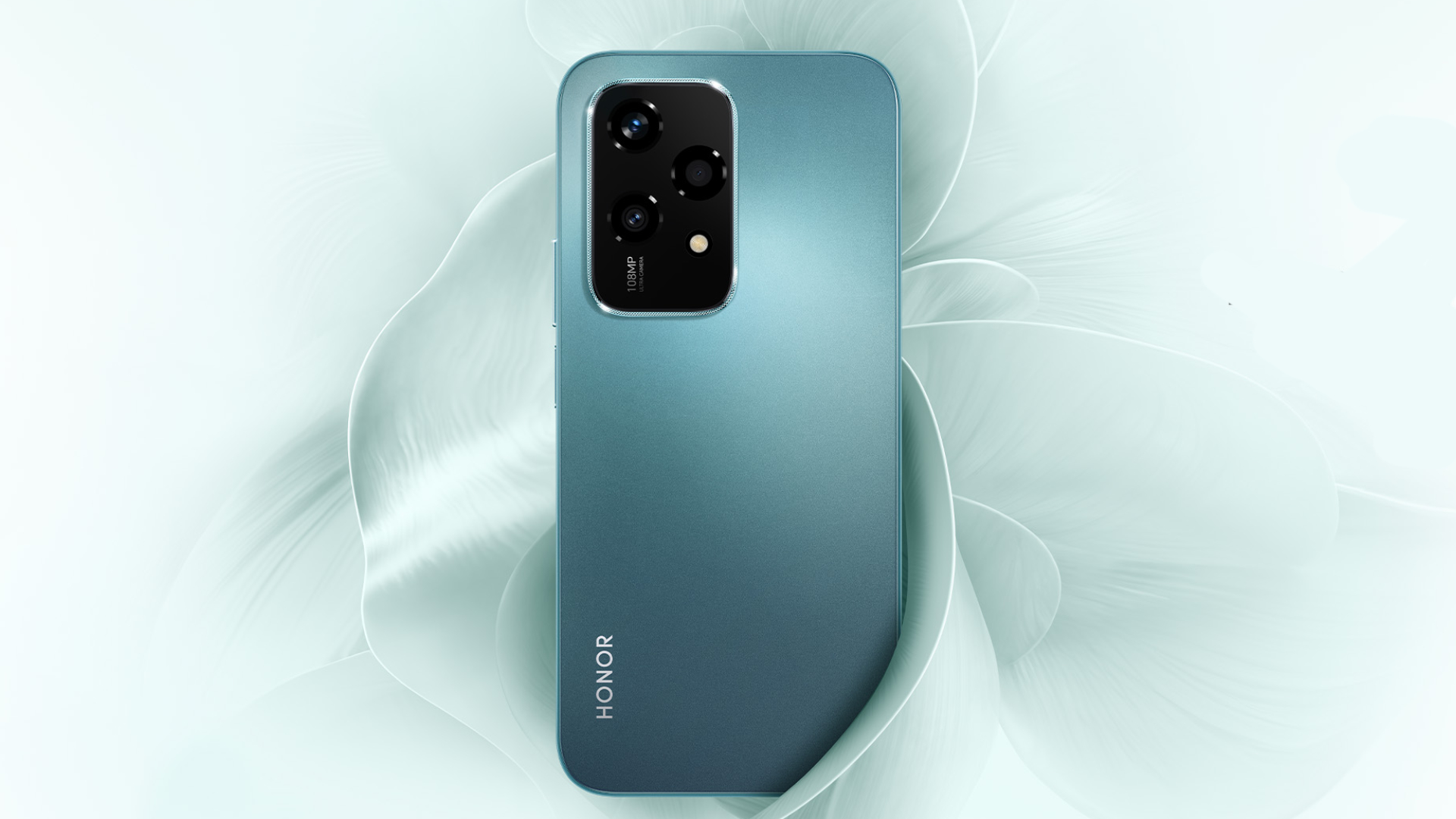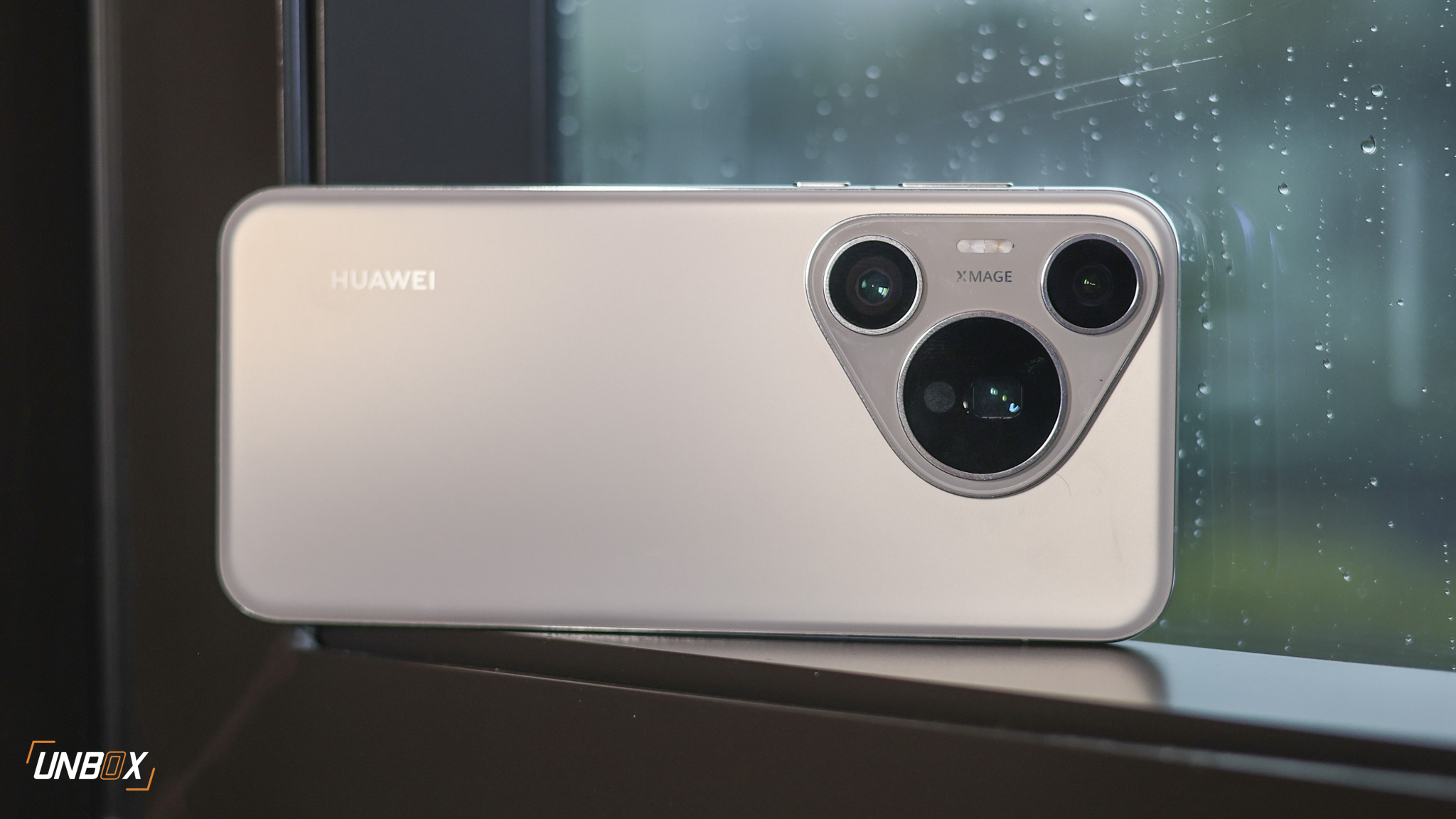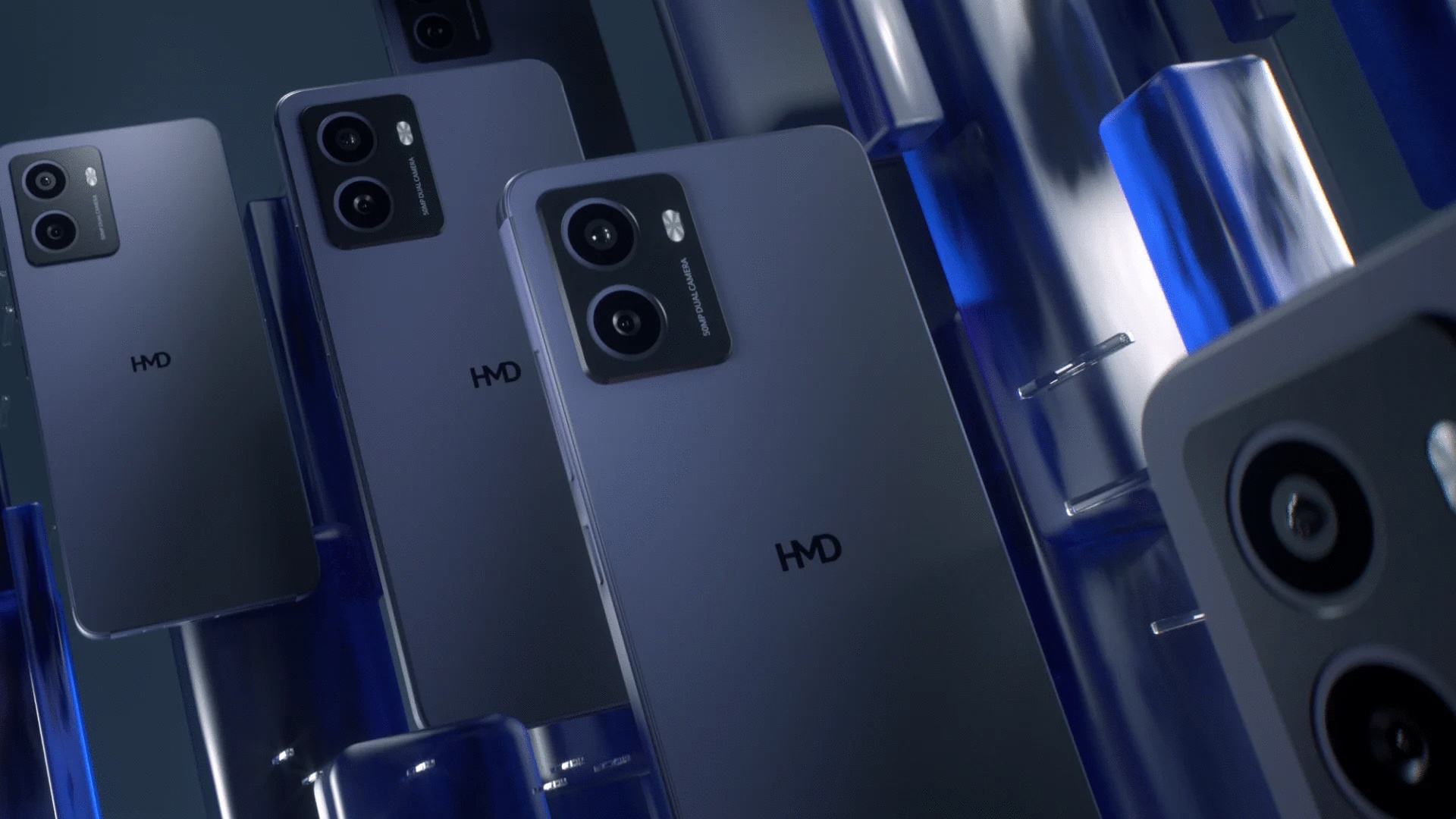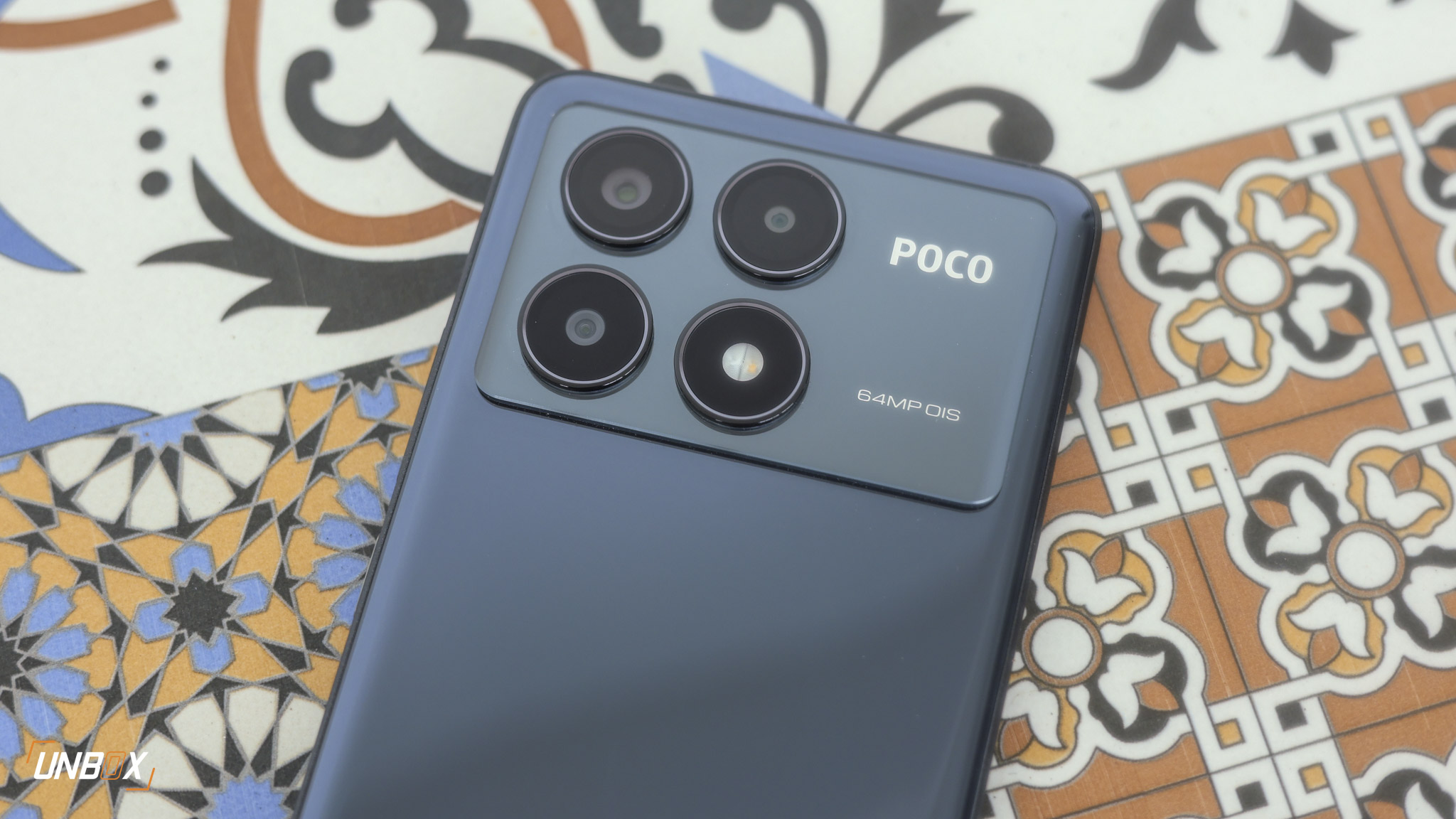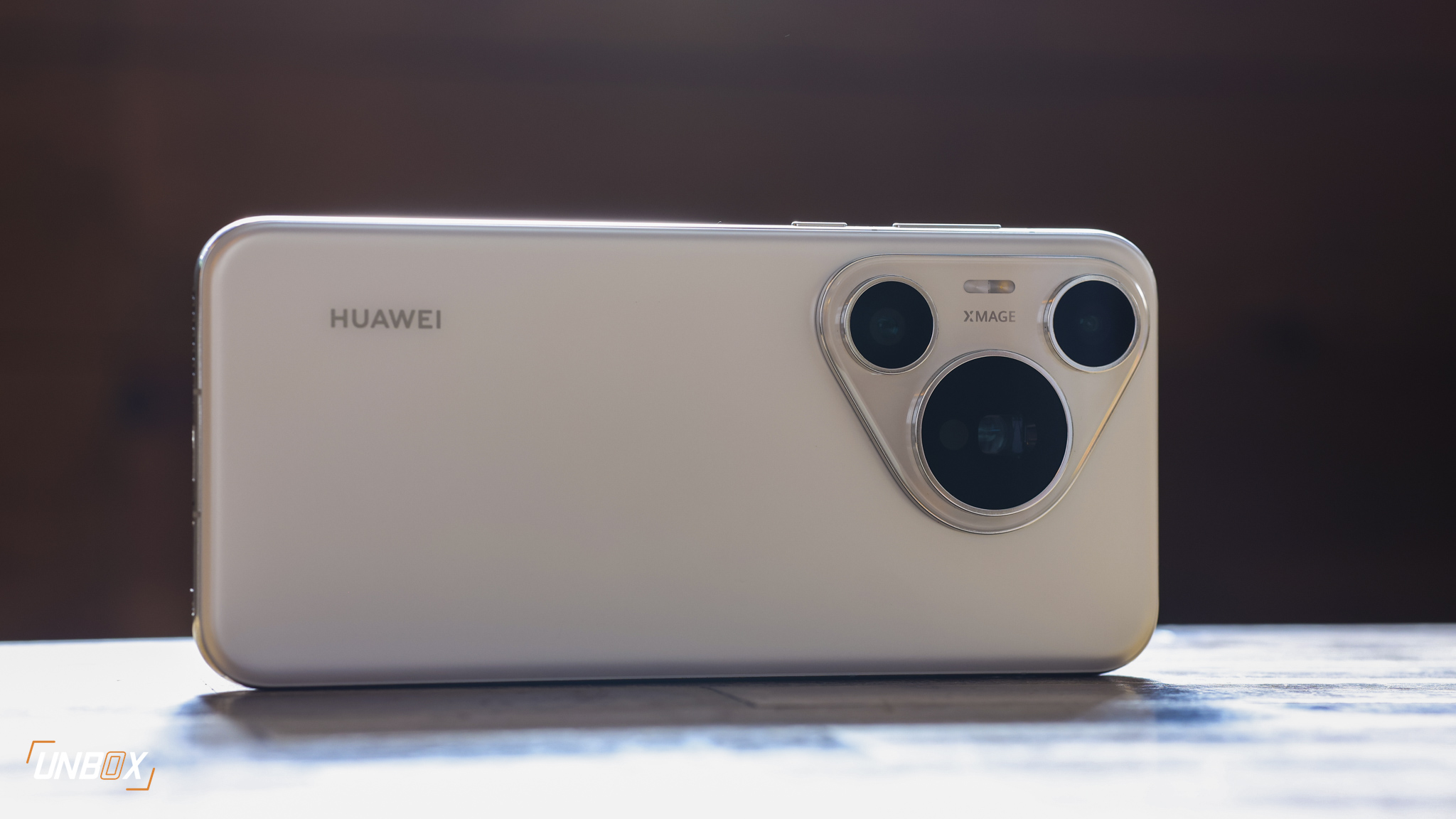We review the Redmi 3!
While Xiaomi managed to win the hearts of budget-minded techies back in 2014 because of their high-spec, low-price, online-only sales model, things aren’t looking good for the Chinese brand in 2016. Overtaken domestically by rival Huawei, Xiaomi needed a new smartphone to turn the tide in their favor.
That’s where the Redmi 3 comes in. The Redmi 3 is the company’s newest and cheapest metal-bodied device currently in their roster. The 5-inch, Qualcomm Snapdragon 616 phone cost just RMB 699 – around 5.2K before taxes and shipping. Today we’ll see if the Redmi 3 is worth the hassle of trying to find a seller for it here in the PH, since Xiaomi Philippines has seemingly stopped selling new models in the country.
Xiaomi Redmi 3 specs
- Qualcomm Snapdragon 616 octa-core processor
- 2GB of RAM
- 5-inch HD display, 1280 x 720 resolution
- 16GB of storage, expandable via microSD up to 128GB
- 13-megapixel rear camera, phase detection AF
- 5-megapixel front camera
- Dual-SIM
- 3G, LTE
- WiFi, Bluetooth, GPS, A-GPS
- 4100mAh battery

Affordable luxury
Xiaomi’s first try at an all-metal smartphone in the form of the Redmi Note 3 signalled a start of a new direction in terms of design. The Redmi 3 continues the company’s foray into metal, and has an elegant and slim metal body that’s in tune with the current trend in design for smartphones in its class.

The phone features curved edges and gently sloping sides to make it easier to hold in the hands. A silver band that runs through the sides of the phone and a criss-cross pattern on the back give a little variety in an otherwise stale design.

The front of the Redmi 3 is dominated by the 5-inch, IPS HD display. The phone uses physical capacitive keys on the bottom of the HD panel for navigation. On the right side you’ll see the power and volume rocker, while on the left lies the SIM slots.

The top of the phone holds the 3.5mm jack as well as the IR blaster. while the bottom of the phone holds the USB port. The Redmi 3 uses a 13-megapixel rear camera that has phase detection AF, as well as an LED flash. Disappointingly, Xiaomi has put the speaker grill on the back of the phone.

Overall the phone feels solid and easy to grasp, with the 5-inch display size being perfect for one-handed use. While the display is just HD, the screen is small enough that you won’t really notice any pixelation when you’re fondling the device. Image quality is good, and viewing angles are generous.

Just like most of its other phones, the Redmi 3 has MIUI pre-installed into it when you buy it, now on it’s seventh iteration. That means that there’s no app drawer in the device, though the trade-off is that you get additional software functionality that’s not present on Android 5.1 Lollipop. One thing that won’t endear the current UI build to tinkerers, however, is Xiaomi’s decision to lock the bootloader on the phone by default from the factory. That means you can no longer flash your favorite custom ROM into the Redmi 3 if you want to, though you can go to ww.miui.com/unlock to unlock it if you wished.

New processor, but performance is almost unchanged from SD 615
The Redmi 3 sports Qualcomm’s newest SoC, the Snapdragon 616 octa-core processor. To be honest, there’s really not a lot of difference between the new SoC and the previous SD 615 that’s favored by manufacturers for their more affordable devices. The 616 still has the same GPU, clock speed and number of cores of the 615, though it now boasts better antennas for faster LTE performance. The Snadragon 616 processor is paired with 2GB of RAM with 16GB of expandable storage.

Overall the new processor performs handles regular tasks well, and flies through Android 5.1 Lollipop and MIUI. In synthetic benchmarks, the processor hits much the same scores as the previous generation, which is understandable, considering that it’s essentially the same beast as the 615.

As far as thermal performance goes, the Snapdragon 616 runs a little bit cooler than the first generation 615 processors, running 30 degrees on standby and 37 degrees on full load.
Good camera for a budget device
Xiaomi’s also gone ahead an put in a 13-megapixel Samsung ISOCELL sensor for photo duties, along with a f/2.0 aperture lens. This results in generally good photos in both outdoors and low-light photography. The camera punches well above its weight class – Xiaomi’s definitely done its homework there. The front-facing camera is a 5-megapixel f/2.2 deal.

A battery that lasts
One of the main appeals of the Redmi 3 – aside from its budget price – is the battery. Xiaomi’s managed to stuff in a 4100mAh battery in the device, suprising given how small the Redmi 3 is. Unfortunately, the Redmi 3 crashed (3 times) during our battery benchmark test, dropping as low as 35%. Our rough estimate is around 14 hours of screen-time before the Redmi 3 gives up the ghost – impressive for a small phone.

Verdict: Xiaomi’s managed to outdo themselves with the Redmi 3
With their fortunes in China slipping, Xiaomi needs a breakout phone to keep up with its domestic rivals. It’s been a long time coming, but we think the Redmi 3 is one of the best phones at its price range. The metal body, good performance, excellent camera and long battery life makes it a great phone for people on a budget. Unfortunately, there’s little chance for the Redmi 3 to reach our shores. Aside from the Mi 4i, Xiaomi PH hasn’t offered a new product in ages, and it looks like it’ll be that way for a while.







